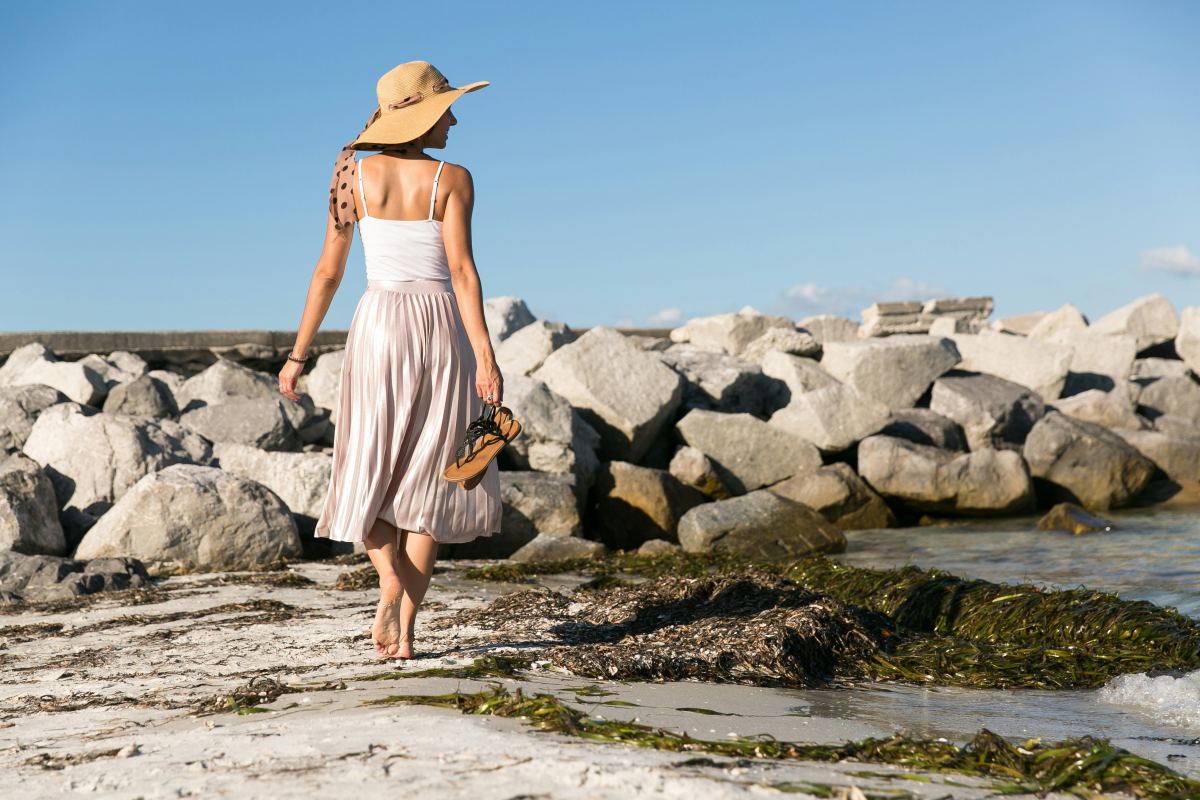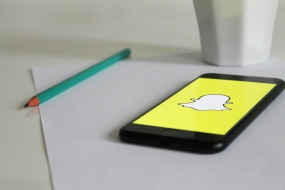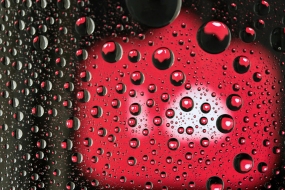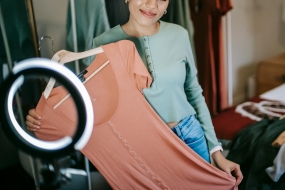In recent years, influencers have become the driving force behind major shifts in the fashion and beauty industry.
From launching viral makeup products to setting global style trends, influencers have redefined how fashion and beauty brands connect with consumers. No longer solely reliant on runway shows or glossy magazine ads, these industries now lean heavily on the authenticity and reach of influencers to engage audiences, create buzz, and drive sales. This article will explore how influencers are revolutionizing the fashion and beauty space, reshaping everything from product development to consumer behavior.
1. Influencers as Trendsetters: Redefining Fashion and Beauty Trends
Traditionally, fashion designers and beauty editors dictated the latest trends, often determining what was "in" for the upcoming season. However, the rise of influencers has democratized trend-setting, allowing social media personalities to take center stage in defining what’s stylish.
- Real-time trend creation: Influencers can showcase a new look or product to millions of followers with a single post, sparking instant trends. Platforms like Instagram and TikTok are particularly powerful in this regard, where influencers regularly introduce styles, makeup techniques, and beauty hacks that go viral overnight.
- Diverse representation: Influencers have also widened the scope of what’s considered fashionable or beautiful by showcasing diversity in body types, skin tones, and personal style. This shift has pushed the fashion and beauty industry to be more inclusive, offering a broader range of products and styles that cater to diverse audiences.
Key Takeaway: Influencers have taken the role of modern trendsetters, creating and promoting fashion and beauty trends in real time, while pushing the industry to embrace greater inclusivity.
2. The Power of Authenticity: Influencers vs. Traditional Marketing
One of the key reasons influencers are so impactful in the fashion and beauty space is their perceived authenticity. Unlike traditional ads, where celebrities often appear in scripted, heavily produced content, influencers offer a more relatable and genuine connection with their followers.
- Authentic endorsements: Influencers typically share personal experiences with products, often demonstrating how they use them in their everyday lives. This approach resonates with their audiences, as it feels more like advice from a friend than a hard-sell from a brand. Followers are more likely to trust and purchase products that influencers recommend because of the personal relationship they’ve built with them.
- User-generated content: Influencers also encourage their followers to engage in fashion or beauty challenges, creating a loop of user-generated content that amplifies brand visibility. This kind of organic content often performs better than traditional ads, as it feels more spontaneous and real.
Key Takeaway: Influencers’ authenticity allows them to connect with consumers in ways that traditional marketing often can’t, making their endorsements more trusted and impactful.
3. Influencer-Driven Product Launches and Collaborations
Fashion and beauty brands increasingly rely on influencers to drive product launches and co-create limited-edition collections. These collaborations have proven to be incredibly successful, often selling out within hours or even minutes, and generating significant buzz online.
- Collaborative product lines: Many influencers have partnered with beauty and fashion brands to create their own product lines or collections. These collaborations are highly coveted, as influencers bring their personal style and expertise to the table, producing items that resonate with their followers.
- Hyped launches: When influencers tease new product launches to their audiences, it creates a sense of anticipation and urgency. Brands leverage this excitement by timing influencer posts with product releases, often resulting in high demand and immediate sell-outs, thanks to the influencer’s endorsement.
Key Takeaway: Influencers have become central figures in product launches, with their collaborations and promotions driving massive engagement, sales, and social media buzz.
4. Social Commerce: Influencers Driving Fashion and Beauty Purchases
The rise of social commerce has revolutionized how consumers shop for fashion and beauty products. Influencers now play a crucial role in this ecosystem, blending content creation with direct purchasing opportunities.
- Shoppable content: Platforms like Instagram and TikTok have integrated shopping features that allow influencers to link directly to products featured in their posts or videos. This "see now, buy now" model has dramatically shortened the path from discovery to purchase, as consumers can instantly buy what their favorite influencer is wearing or using.
- Affiliate marketing: Many influencers also use affiliate links or discount codes that track their influence on sales, offering both the influencer and the brand a clear metric for success. This strategy allows brands to reach their target consumers while also incentivizing influencers to promote products that they genuinely love.
Key Takeaway: Influencers have become key drivers of social commerce, making it easier for consumers to discover and purchase fashion and beauty products through social media platforms.
5. The Influence of Micro and Nano-Influencers in Fashion and Beauty
While mega-influencers and celebrities often receive the spotlight, micro-influencers (with 10,000 to 100,000 followers) and nano-influencers (with fewer than 10,000 followers) are increasingly becoming influential voices in the fashion and beauty industry.
- Niche appeal: Micro and nano-influencers often have a dedicated and highly engaged follower base, allowing them to reach more specific or niche audiences. Whether it’s cruelty-free beauty products or sustainable fashion, these influencers can connect with communities that are deeply interested in particular aspects of the fashion or beauty world.
- Higher engagement rates: These smaller influencers often have higher engagement rates than their larger counterparts because of the close-knit relationships they build with their followers. This makes them valuable for brands looking to foster deeper connections with specific consumer segments.
Key Takeaway: Micro and nano-influencers are playing an increasingly important role in fashion and beauty, offering brands access to niche audiences with high levels of trust and engagement.
6. Influencers and Sustainability: Shaping Conscious Consumerism in Fashion and Beauty
Influencers are not only promoting products and trends but also driving conversations around sustainability in the fashion and beauty industries. As more consumers prioritize ethical consumption, influencers have played a key role in advocating for eco-friendly brands and practices.
- Sustainable fashion and beauty: Influencers who focus on sustainability are highlighting the importance of eco-friendly fashion choices, such as thrift shopping, slow fashion, and ethically sourced beauty products. Their recommendations often shift consumer behavior toward more conscious consumption.
- Raising awareness: By partnering with sustainable brands or creating content that educates their followers on the environmental impacts of the industry, influencers are helping to raise awareness about critical issues such as waste reduction, ethical production, and clean beauty.
Key Takeaway: Influencers are driving the shift toward sustainable fashion and beauty, encouraging consumers to make more environmentally conscious choices and supporting brands that prioritize sustainability.
7. The Future of Fashion and Beauty Influencer Marketing
The future of influencer marketing in the fashion and beauty space looks promising, with technology and innovation playing a key role in its continued evolution. Here’s what to expect:
- Virtual influencers: The rise of AI-generated or virtual influencers is becoming a notable trend, especially in fashion. These digital personalities can model clothing or promote beauty products in hyper-realistic ways, offering new possibilities for brand collaborations.
- Augmented reality (AR) try-ons: AR technology is making it possible for consumers to try on clothing, accessories, or makeup virtually before making a purchase. Influencers are starting to leverage this technology in their content, offering their followers interactive experiences.
- Personalized marketing: As data and AI technologies improve, influencers will likely play an even greater role in personalized marketing, delivering highly targeted recommendations based on their followers’ preferences and behavior.
Key Takeaway: The fashion and beauty influencer landscape will continue to evolve, with virtual influencers, AR technology, and personalized marketing set to shape the future of the industry.
Conclusion
Influencers have fundamentally transformed the fashion and beauty industries, shaping trends, driving product sales, and fostering more authentic and personal connections between brands and consumers. As the industry continues to evolve, influencers will remain key players in shaping how consumers discover and engage with fashion and beauty brands, setting the stage for continued innovation and growth. Brands that effectively collaborate with influencers, particularly those who prioritize authenticity and sustainability, will be well-positioned for success in this rapidly changing landscape.









